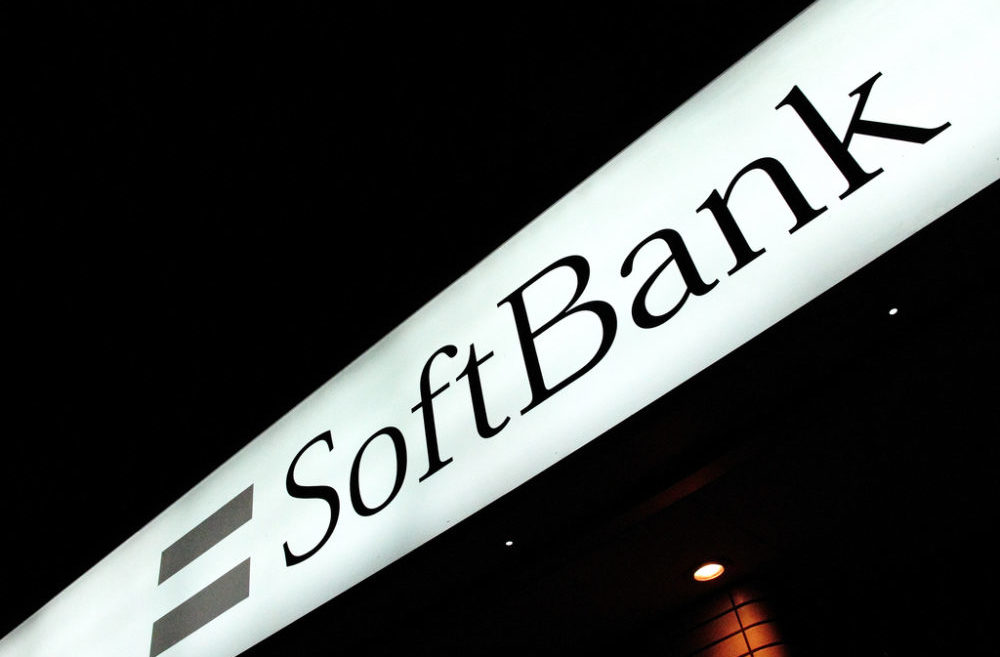At any major event when you are among a crowd, composed of thousands of people, one of the major issues we face is not able to send messages or even receive them courtesy – increasing traffic across different telecommunication networks.
Vodafone, to lessen such problems to a great extent, will be seen deploying Cells on Wheels (COWs) hence, trying to boost its mobile network over the holiday period. The telecom was quoted saying, international calling will double over the holiday period, with data usage increasing by 30 percent and SMS activity will be twofold, from 1.5 million messages per hour to approximately 3.5 million during December 31 and January 1.
The mobile reception goes down on such occasions, as people celebrate and simultaneously text and/or call their relatives and friends all around the world. Vodafone has christened the COW-serviced zones as “Red Zones”, which are basically small locations where a massive hike in voice and data traffic is speculated, and need a boost in handling the excess.
Vodafone will place these in locations where the highest amount of traffic is speculated, including Sydney Harbour which is expected to witness a turnout of about 1 million to celebrate the New Year’s eve and other places such as Bondi Beach, Byron Bay, and Whitsunday Islands. Yago Lopez, Head of Network Performance at Vodafone, explained,
These temporary sites will allow us to continue to deliver coverage and performs to our customers — even during this busy holiday period.We will have hundreds of engineers around the country live-monitoring our network performance to ensure peak traffic is managed efficiently. We handled about three million texts last New Year’s Eve, and we have forecasted even more this year as Australians increasingly are choosing to be with Vodafone.
Vodafone had earlier deployed COWs at popular fireworks vantage points like Dawes Point and Mrs Macquarie’s Chair last New Year’s Eve. It has been working to expand its mobile network in the past years, with it quadrupling its network capacity in Canberra in October via the 1800MHz spectrum it secured during the Australian Communications and Media Authority (ACMA) auction earlier this year.
The Tech Portal is published by Blue Box Media Private Limited. Our investors have no influence over our reporting. Read our full Ownership and Funding Disclosure →





